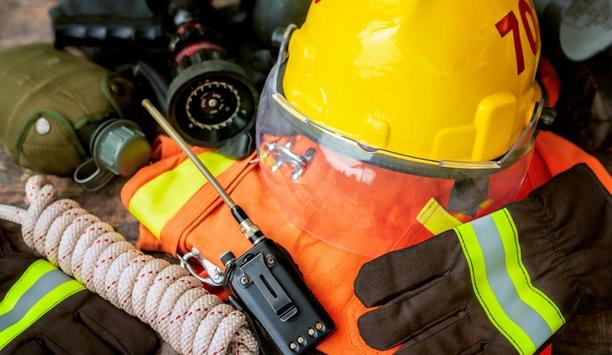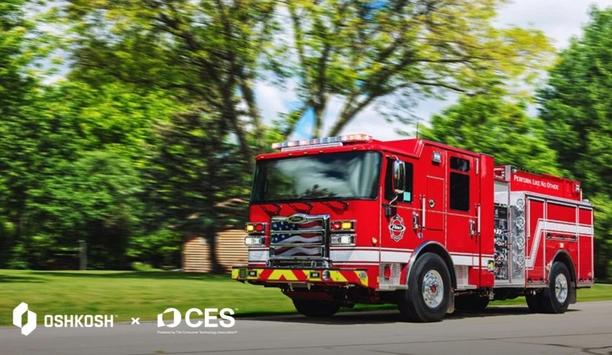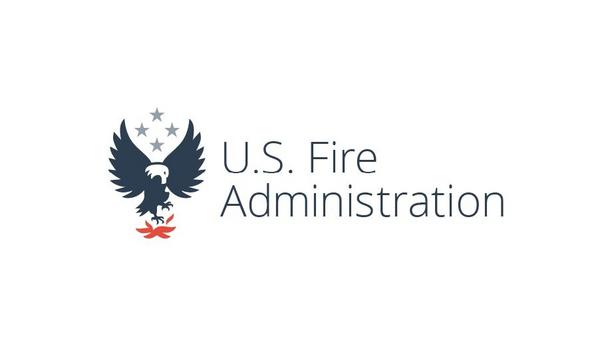Fire security in homes tends to be an afterthought, with many people thinking that having a Fire Alarm is enough of a precaution against domestic fires. While this may be true in some cases, having the knowledge of the different types of fire extinguishers and the types of fires they put out can be potentially lifesaving information as well as mitigating damage and costs in the long run.
Abel will be exploring the different types of fires, as well as which extinguishers tackle which fires best, how they work, and what the user needs to keep in mind in the event of a fire.
Types of Fire extinguishers
Fire extinguishers are designed to tackle specific types of fire. All fires are categorized under several ‘classes,’ which helps the user and others identify exactly what is needed to manage and control fire. There are six different classes of fire:
- Class A – fires involving solid materials such as wood, paper, or textiles.
- Class B – fires involving flammable liquids such as petrol, diesel, or oils.
- Class C – fires involving gases.
- Class D – fires involving metals.
- Class E – fires involving live electrical apparatus. (Technically ‘Class E’ doesn’t exist however this is used for convenience here)
- Class F – fires involving cooking oils such as in deep-fat fryers.
Potential candle toppling
Water Fire Extinguishers are good for tackling fires involving burning paper, wood, and soft furnishing
Each class of fire has a corresponding extinguisher, some can be used for several classes and some can be used for all, below are all of the extinguishers as well as how effective they are, and what surface they work well with.
Water Fire Extinguishers - Water Fire Extinguishers are good for tackling fires involving burning paper, wood, and soft furnishing (Class A fires), as the water soaks into the materials and cools them, while extinguishing the fire. As they are mostly free of harmful substances, water fire extinguishers are suitable in households where children may have access to the extinguisher. For example, in the home, a potential candle toppling can cause wood furniture to ignite. Having a Water Fire Extinguisher at hand means that even with children nearby, it is safe to use.
Avoiding further damage
Foam Fire Extinguishers - Foam Fire Extinguishers are also called AFFF, (Aqueous Film Forming Foam) create a film of foam over the fire, which starves the fire of oxygen. The foam also penetrates porous materials and cools the fire through evaporation of the water content in the foam.
The foam also penetrates porous materials and cools the fire through evaporation of the water content
As the foam creates a foam carpet on burning liquids like petrol, foam extinguishers are also suitable for flammable liquids and areas where man-made fibers in soft furnishings and carpets might liquidize under the influence of heat. (Class A). For situations where a rug or pillow has caught fire, to avoid spreading the flames and causing more damage, having a foam fire extinguisher is one of the most useful lines of defense, especially when trying to avoid any further damage.
Multi-Purpose fire extinguisher
CO2 extinguishers - CO2 extinguishers are ideal for places with a lot of electrical equipment such as offices or server rooms because they are safe to use on fires involving electrical apparatus. Carbon dioxide extinguishers do not leave any residue, unlike a foam extinguisher. They can also be used on Class B fires, those involving flammable liquids such as paraffin or petrol. CO2 extinguishers work by smothering the fire and cutting off the supply of air.
Powder extinguishers - Powder extinguishers are good multi-purpose fire extinguishers because they can be used on Class A, B, and C fires. They can also be used on fires involving electrical equipment however, they do not cool the fire so it can re-ignite. Powder extinguishers can also create a loss of visibility and may create breathing problems. They are not generally recommended for use inside buildings unless there is absolutely no alternative. These extinguishers would be ideal for outbuildings that have electrical wiring, or any outdoor appliances such as stoves.
Small localized incident
Fire blankets are primarily for use on hot oil fires such as frying pans or small deep fat fryers
Wet Chemical Fire Extinguishers - Wet Chemical Fire Extinguishers are especially designed for use on kitchen fires involving burning oil and deep fat fryers (Class F fires). These extinguishers come with a special, long application lance which allows users to safely lay a cooling layer of foam on top of the burning oil. They can also be used on Class A fires, although their firefighting power for general risks is not very strong.
Fire blankets - Fire blankets are primarily for use on hot oil fires such as frying pans or small deep fat fryers. They can also be used on someone whose clothing has caught fire. They work by smothering the fire, stopping access to the oxygen fuelling it, and extinguishing it.
Fire Extinguishers and blankets can often mean the difference between a small localized incident that is quickly put out, or the fire and rescue service arriving to find a raging inferno which is putting life, property, and environment at risk.















